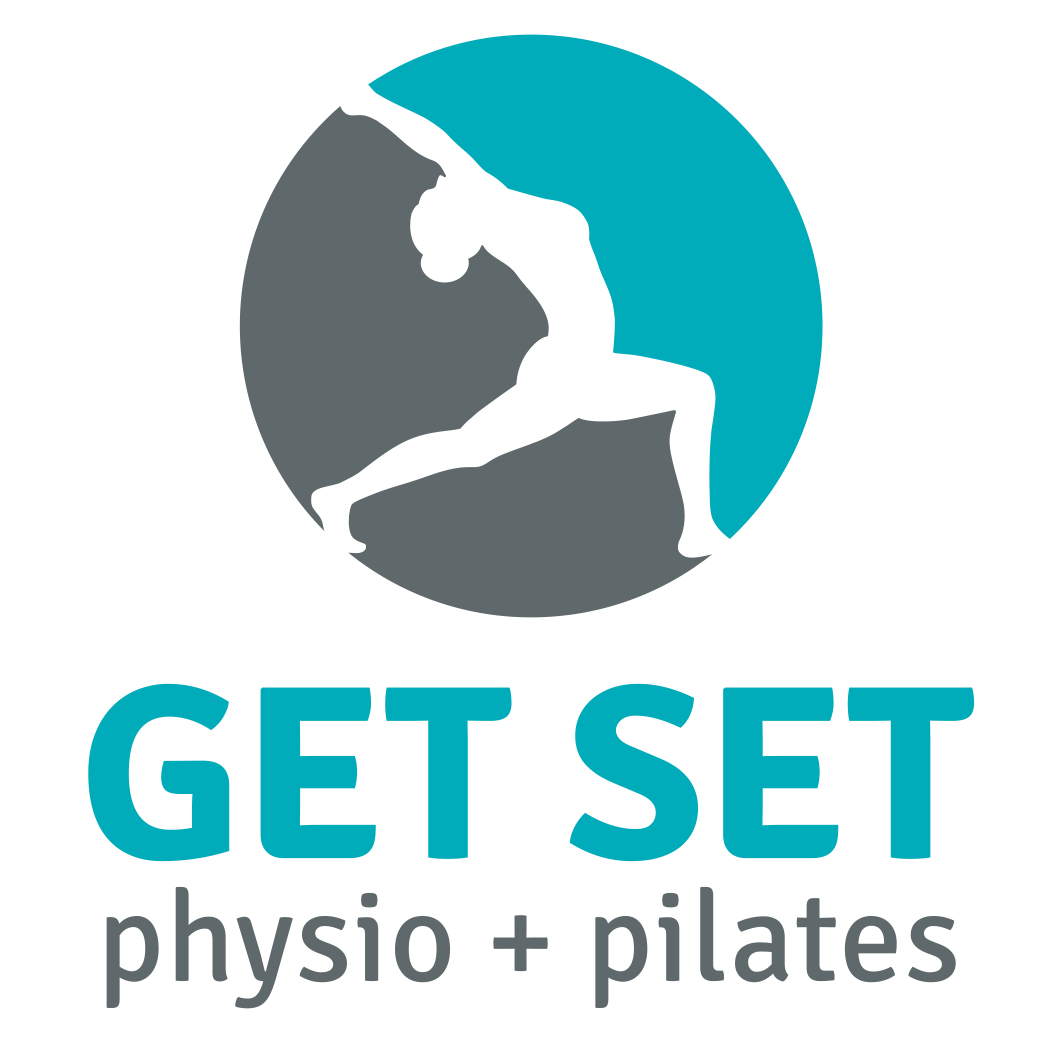Headaches are quite literally a pain in the neck! According to the World Health Organization, 50-75% of adults aged 18-65 in the world have had a headache in the last year and 30% of them have reported having migraines. It is a condition that most of us come across from time to time and it can present itself in many ways. Most headaches aren’t serious and can often be treated with medication, physiotherapy, and lifestyle modifications.
Headaches are generally divided in two types:
Primary headaches: Where the headache itself is the main problem and not a symptom of an underlying disease or condition. These can include tension headaches, cluster headaches, and migraine. These headaches can feel painful however not overly dangerous.
Secondary headaches: These are caused by an underlying disease or medical condition that bring on the symptoms of a headache. They can be a warning sign of something more sinister such as injuries to the head and neck, brain tumours, inflammatory conditions, or Aneurysms.
Classifying your headache is important in determining the root cause of the issue as well as the best course of action for your treatment.
Cervicogenic headaches are classified as secondary headaches and are commonly seen and treated in the clinic by our physiotherapists. Cervicogenic headaches are identified as headache-like symptoms and pain that has been referred from the cervical spine or neck region. Experts believe that this referral pattern is due to nerve structures that supply the head, neck, face sending overlapping signals that the brain can have trouble distinguishing exactly where the pain is coming from. This mess and confusion then manifests as a ‘headache,’ however it is in fact referred pain from other surrounding structures. Contributing factors for cervicogenic headaches can include injury to the neck such as whiplash, poor sustained postures of the upper back and neck as well as arthritis.
Can a physiotherapist help me with my headaches?
The thorough assessment process includes analysis of your symptoms, your body and lifestyle factors. These include posture, movement patterns, spinal alignment, movement of the spinal muscles and joints, muscle strength, range of motion, ergonomics, and lifestyle.
Two key elements of the assessment include finding the source of the pain/headache to address the symptoms and alleviate the immediate pain followed by finding the root cause of the pain and other factors that may be contributing to stop the pain from returning.
Treatment of the headache and associated symptoms can include manual therapy, graded mobilisations, and soft-tissue manipulation on the affected structures around the neck, shoulders, and associated vertebrae. We also help strengthen specific muscles that are contributing to the underlying problem as well as prescribe exercises to help maintain your improvements long-term and prevent the headache returning. Other treatments can also include dry-needling where necessary to improve the neuro-muscular function of the affected areas.
If you are suffering from painful headaches, you can make an appointment to see one of our expert physiotherapists by booking here or giving us a call on 03 9841 5777.

